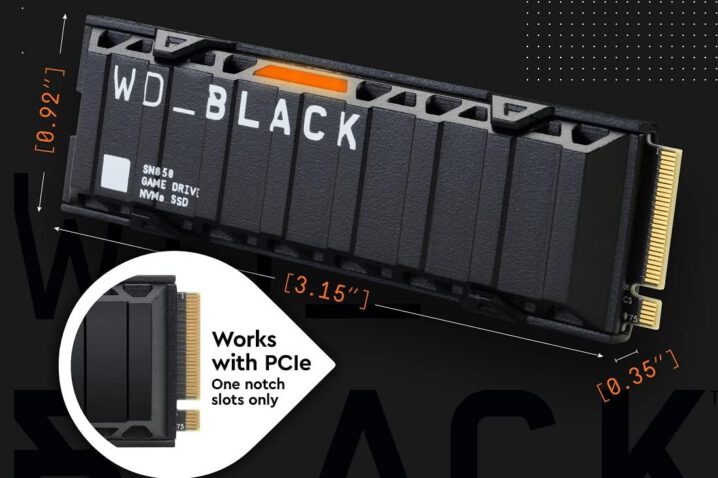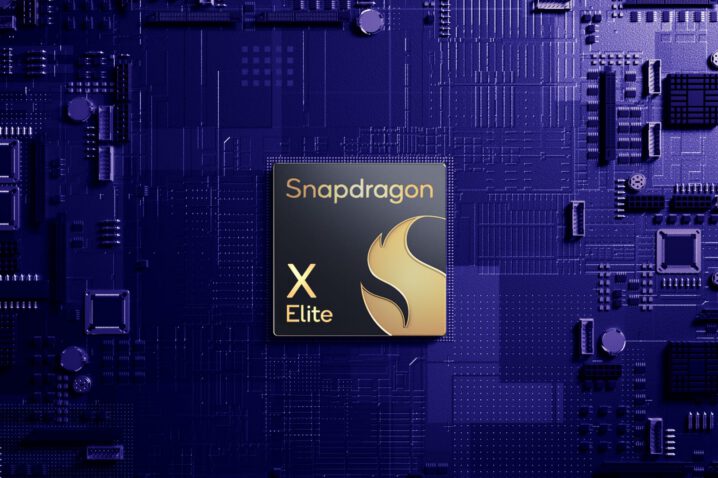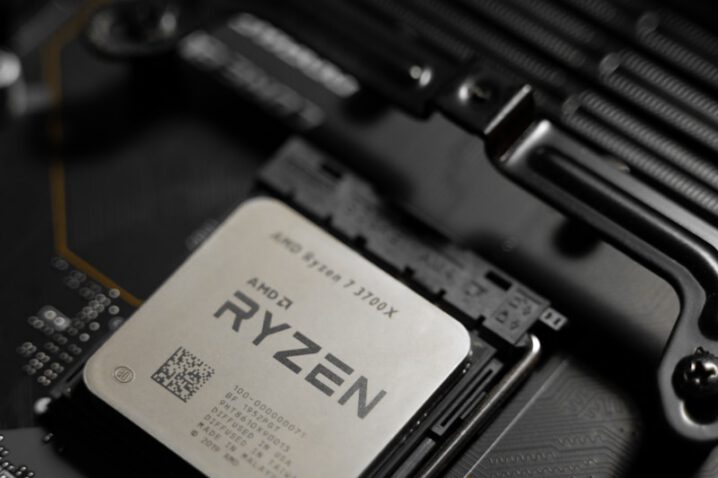Western Digital’s WD Black SN880 Pro achieves 14GB/s sequential read speeds on PCIe 5.0 platforms. The drive uses a new in-house controller and 232-layer TLC NAND. Reviewers have confirmed the results using CrystalDiskMark on Z790 motherboards.
Write speeds reach 12GB/s, with sustained performance over long transfers. Random read/write IOPS also see a 30% improvement over the previous generation. Thermal management is effective, with temperatures staying below 65°C under load.
These results position the SN880 Pro as a top choice for enthusiasts and professionals seeking maximum storage performance. The drive’s compatibility with next-gen motherboards ensures future-proofing. Competing PCIe 5.0 drives from Samsung and Corsair are expected to follow suit.






